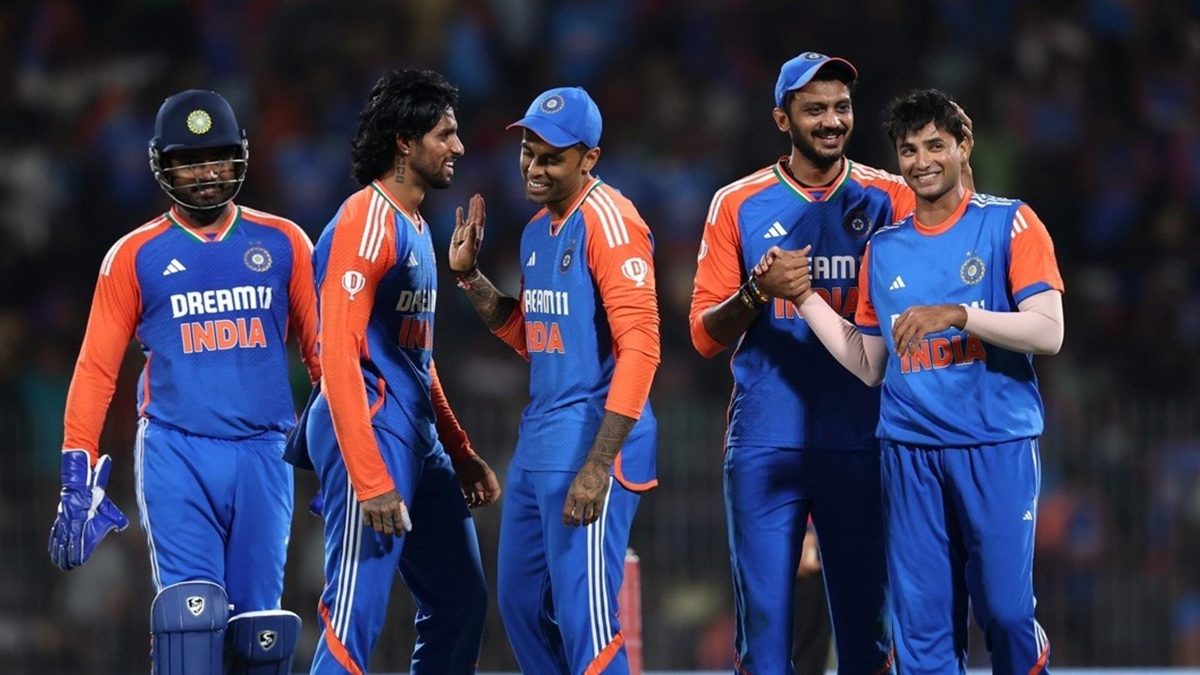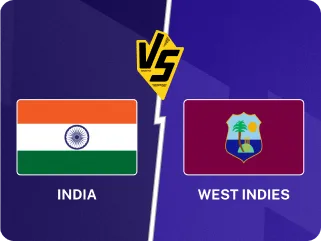
In picking their squad for the 2025 Asia Cup, India moved away from a strategy that had helped them become a near-invincible T20I unit over the past year and a half.
Having made up their mind on Rinku Singh and Shivam Dube, India could have picked only one of Shubman Gill, Yashasvi Jaiswal, and Shreyas Iyer. They went with Gill, presumably with an eye on an across-format captain in the future.
However, that choice is not what we shall discuss here. Neither is this an elaborate debate on anchors versus hitters.
What we shall try to do here is discuss why India had approached the 2024 T20 World Cup the way they did, and how they moved away from that with their Asia Cup team selection.
Ahmedabad to Bridgetown and beyond
Looking back at the 2023 World Cup a year and a half later, one can probably point out the two injuries that played significant roles in India’s defeat: Axar Patel’s ahead of the competition, and Hardik Pandya’s during the league match against Bangladesh.
India replaced Axar with R Ashwin, then Shardul Thakur – a compromise, but they still stuck to their plan of three all-rounders. Pandya’s blow hit them harder: they were forced to replace two all-rounders in one go. Ravindra Jadeja was the only one in that role.
Mohammed Shami, one of the replacements, was so devastating with the ball that India got away with Suryakumar Yadav, who could never replicate his T20 brilliance in ODIs, and a very long tail. The juggernaut rolled on until Australia got three early wickets in the final and shut out the twos. Unable to take risks too early, India stagnated in the middle overs and conceded the game.
At next summer’s T20 World Cup, India stuck to their plan. By now, Axar and Pandya had both recovered. There would have been temptations to play another specialist bowler, but India backed Jadeja throughout the World Cup. They needed their sixth bowler and, after that night of horror in Ahmedabad, that eighth batter.
Across eight matches, Jadeja bowled 14 overs and faced 22 balls, but his presence as the “insurance cricketer” ensured India neither had to use part-timers nor postpone hitting after losing quick wickets. They won the World Cup.
Five batters, including the wicketkeeper. Three all-rounders. Three specialist bowlers. The plan was set. They replicated it in ODIs and, with Pandya, Axar, Jadeja all available, won the 2025 Champions Trophy without losing even once.
Jadeja retired from T20Is after the T20 World Cup. As Rahul Dravid’s stint came to an end, India moved on to Gautam Gambhir, who had already shown a penchant for all-rounders during his stints with the Lucknow Super Giants and Kolkata Knight Riders.
India refused to compromise on batting depth under Gambhir. They rarely deviated from this. In Sri Lanka, they even replaced the 5+3+3 structure mentioned above with 7+1+3 and got the batters to bowl more often. They compromised on bowling but never batting until at Gqeberha and Durban in end-2024, where they finally tried an extra bowler. During the latter, they became 15-3 and then 45-4, forcing Axar and Pandya to bat defensively. India made 124-6, lost the game, and replaced Avesh Khan with Ramandeep Singh at Centurion.
In the series that followed, against England, India used Axar at No.8 in four of the five T20Is and Dhruv Jurel in the other. India had moved back to what had been working.
India have won 37 (including two in the Super Over) of their last 42 T20Is. They had a working plan in place. There was no reason for them to move away from that at this point.
But they did.
India’s squad for the Asia Cup
Suryakumar Yadav (c), Shubman Gill (vc), Sanju Samson (wk), Jitesh Sharma (wk), Abhishek Sharma, Tilak Varma, Shivam Dube, Rinku Singh, Hardik Pandya, Axar Patel, Harshit Rana, Kuldeep Yadav, Jasprit Bumrah, Arshdeep Singh, Varun Chakravarthy.
A deviation from the plan
On paper, Bumrah, Arshdeep, Kuldeep, and Varun look like a dream bowling attack. The problem is, none of them is quite the No.8 who can enable five, six, seven to take risks after an early collapse.
Given how India have picked their T20I XI, they will leave out one of the four. Given India’s keenness to back four spinners against England, Arshdeep – India’s leading wicket-taker in the format – may have to sit out. Or they may pick Arshdeep ahead of one of the spinners. Either way, only three are likely to fit in, and Bumrah will be one of them.
They can fill that gap with someone with some batting credentials. For that, they have used a third all-rounder (apart from Pandya and Axar). Unfortunately, no one in the squad fits that bill.
Rana, who comes closest to fitting the bill, has batted only 10 times in 39 T20s. In these, he has scored 59 runs off 56 balls. His List A numbers make ordinary reading as well. In first-class cricket, he has a hundred, strikes at 82, and has a six every 22 balls.
Rana can hit a bit, but he is not the No.8 Washington Sundar could have become. In fact, India’s use of him as Dube’s like-for-like replacement earlier this year had caused a furore. India’s batting will certainly take a hit.
One way to address this is to play an extra batter. Picking both Abhishek and Dube will provide them with the back-up they need for Bumrah, Kuldeep, Varun, Pandya, and Axar.
This seems good on paper… until India have to use all-rounders and part-timers for eight overs against a string of power hitters on a flat pitch. A phase that long has the potential to swing a game in the opposition’s favour.
A year and a bit after becoming the first team to win the T20 World Cup without dropping a game, India will go into the Asia Cup as favourites. A change in blueprint may not hurt them here. Perhaps it is just an experiment before they revert to 5+3+3.
Irrespective of the outcome, the current combination will leave either their batting or their bowling as vulnerable, waiting to be exposed.
Overthinking? Perhaps. But as the fateful 2023 World Cup final demonstrated, sometimes it takes one bad day at work to expose the dormant chinks and undo the euphoria of ten one-sided wins.








